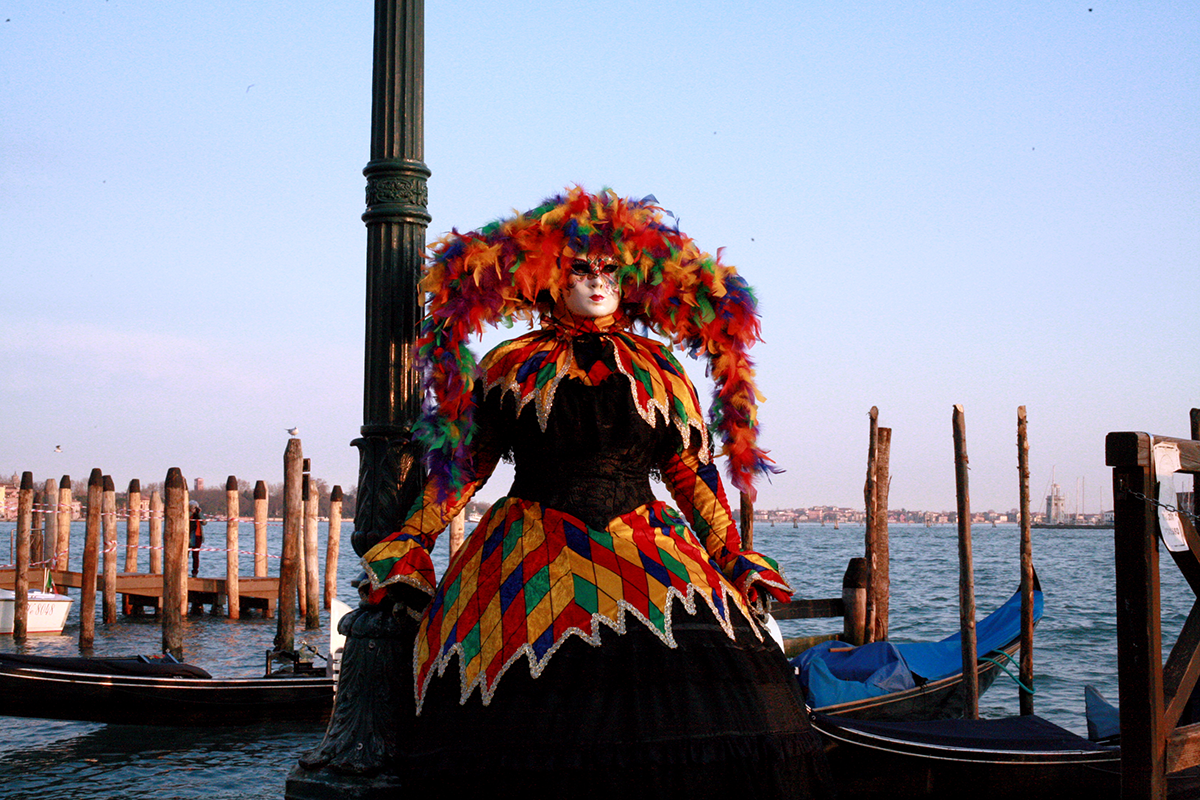
THE MASK
Step back in time to the enchanting city of Venice during the carnival season, a time of revelry, anonymity, and boundless celebration. The streets are alive with a kaleidoscope of colors, music, and laughter. But what truly captures the essence of this magical season is the Venetian mask.
Masks have always been the beating heart of the Venetian carnival, a tradition as old as time itself.
They allow people to step into a world where identities are concealed, and inhibitions are set free. The carnival season officially begins on St. Stephen's Day, December 26, and continues its crescendo until the stroke of midnight on Shrove Tuesday.
Yet, the origins of this remarkable tradition remain shrouded in mystery. Why did Venetians first don these intricate disguises, and what did they represent? The answer may lie in the phrase "Más que la cara," a Spanish expression that means "more than the face." This embodiment of a mask as something beyond just a mere visage captures the spirit of this carnival beautifully. It's a celebration of individuality and anonymity, a time when the ordinary transforms into the extraordinary.
There's a sense of liberation that permeates the air during this "party time." In the alleys and squares of Venice, people dance, laugh, and revel in the pleasures of life. There's no judgment, no restrictions—only the freedom to be whoever you choose to be. The streets are alive with a delightful chaos of characters, each hidden behind their masks, creating a tapestry of intrigue and fantasy.
As the grand finale approaches, and the clock strikes midnight on Shrove Tuesday, the masks are ceremoniously removed, and identities are revealed. The Venetian carnival season, a fleeting and enchanting interlude from the ordinary, comes to an end. But the memories of the "more than the face" experience linger, reminding everyone that, for a moment in time, they danced on the border of reality and dreams, concealed behind the magic of a mask.